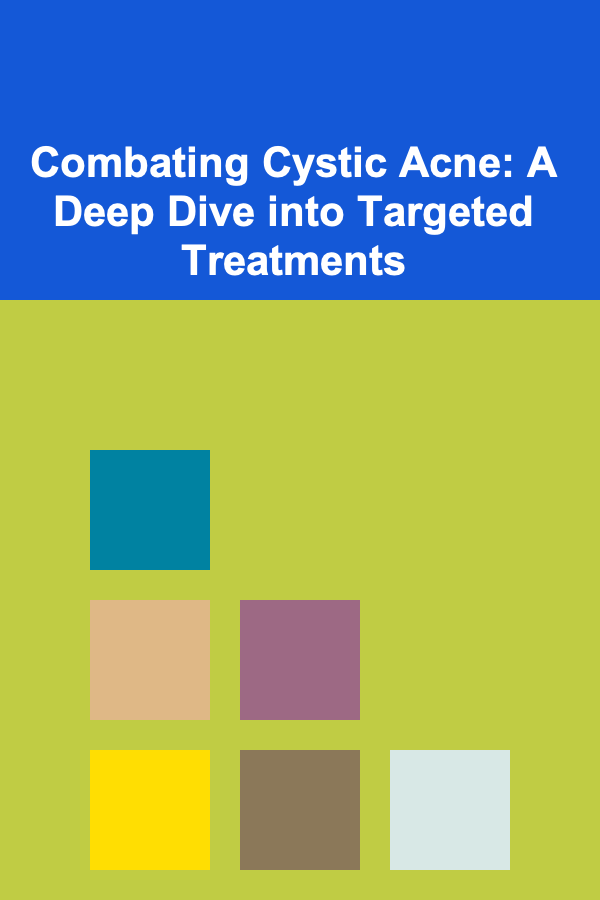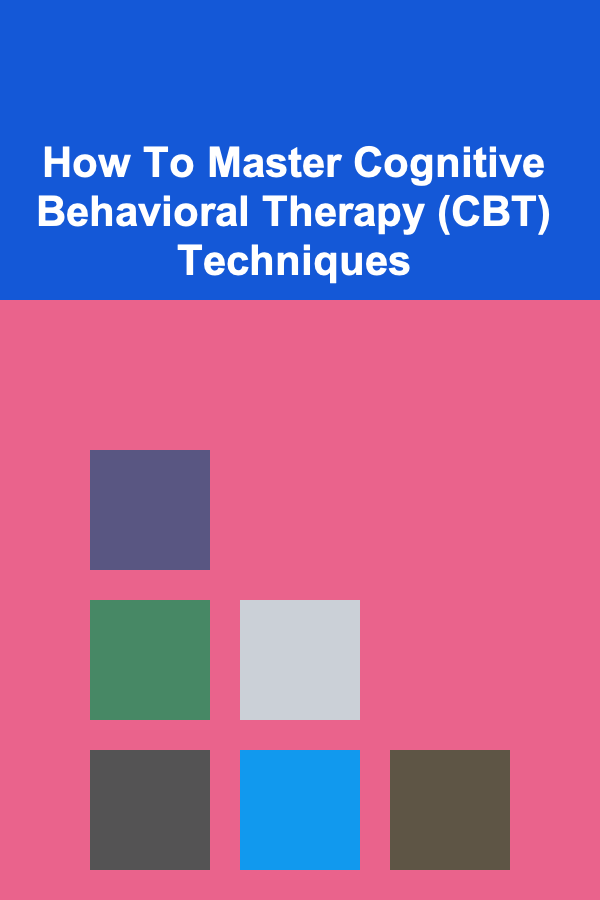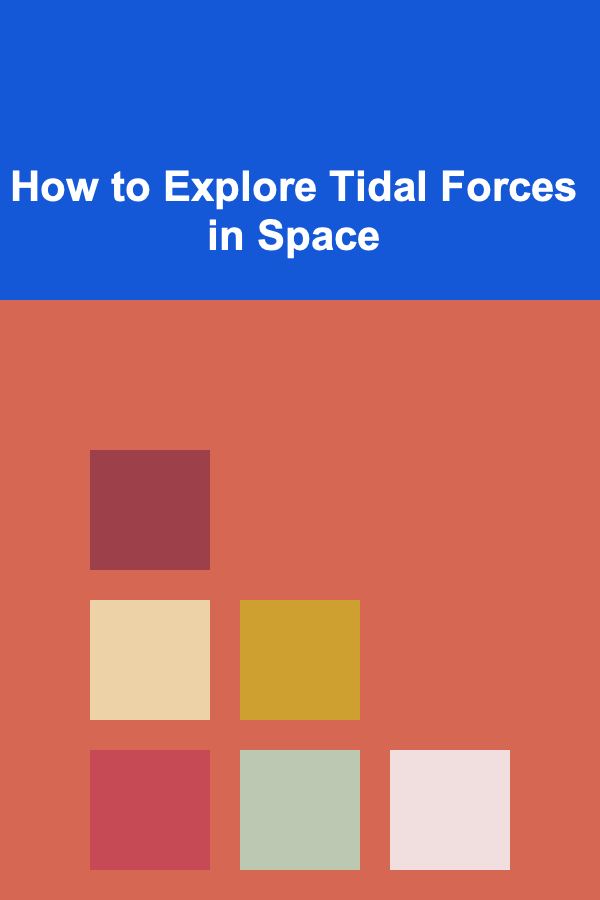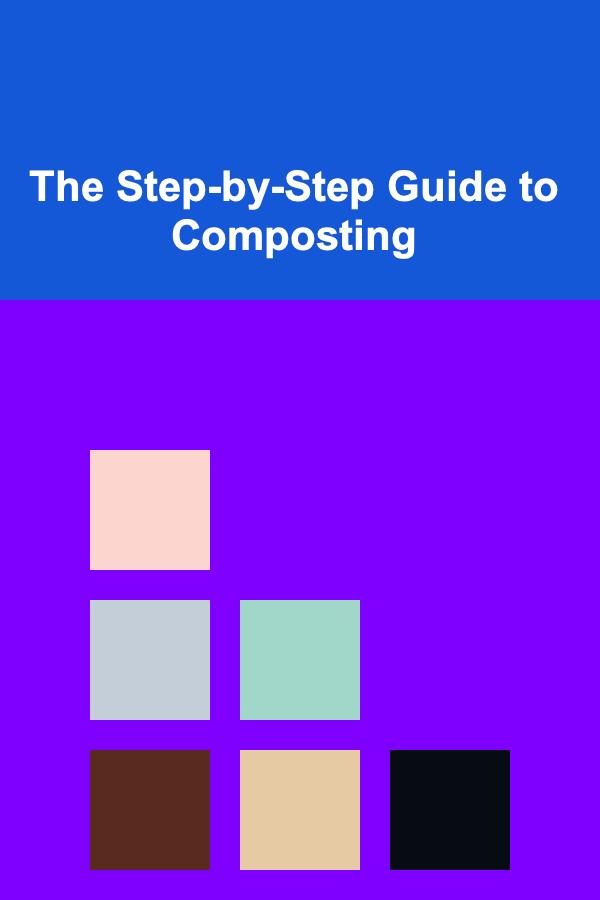
Combating Cystic Acne: A Deep Dive into Targeted Treatments
ebook include PDF & Audio bundle (Micro Guide)
$12.99$5.99
Limited Time Offer! Order within the next:

Understanding Cystic Acne: More Than Just a Pimple
Cystic acne, the most severe form of acne, is characterized by painful, inflamed, pus-filled lumps deep beneath the skin's surface. Unlike typical blackheads or whiteheads, cysts don't usually come to a head and are significantly larger, more painful, and more prone to scarring. They are not merely superficial; they are deeply embedded inflammations that require a comprehensive and often multifaceted approach to treatment.
To effectively combat cystic acne, it's crucial to understand its underlying causes and differentiating factors. This isn't just about zapping a blemish; it's about addressing a chronic inflammatory condition.
Distinguishing Cystic Acne from Other Forms of Acne
While all acne forms stem from clogged pores, cystic acne differentiates itself through:
- Depth: Cysts reside much deeper within the skin compared to blackheads or whiteheads.
- Inflammation: Cystic acne is characterized by intense inflammation, leading to redness, swelling, and pain.
- Size: Cysts are significantly larger than other acne lesions, often exceeding 5mm in diameter.
- Pain: Cysts are typically painful to the touch, sometimes even throbbing.
- Scarring Potential: Due to the deep inflammation and potential damage to surrounding tissues, cystic acne carries a much higher risk of scarring.
The Root Causes: A Complex Interplay
The exact cause of cystic acne remains somewhat elusive, but several factors are believed to contribute significantly:
- Hormonal Fluctuations: Androgens (male hormones) play a significant role by stimulating sebum (oil) production. Fluctuations during puberty, menstruation, pregnancy, and menopause can exacerbate cystic acne. Conditions like Polycystic Ovary Syndrome (PCOS) can also be a contributing factor.
- Excess Sebum Production: Overactive sebaceous glands produce excess sebum, which can clog pores.
- Abnormal Keratinization: The shedding of dead skin cells (keratinization) can become irregular, leading to a build-up that further clogs pores.
- Cutibacterium acnes (C. acnes) Bacteria: This bacteria, formerly known as Propionibacterium acnes, thrives in clogged pores and contributes to inflammation. While present in everyone, an overgrowth of C. acnes can trigger an immune response, leading to inflammation and cyst formation.
- Inflammation: A cascading inflammatory response within the skin exacerbates the problem, leading to the formation of large, painful cysts.
- Genetics: A predisposition to acne, including cystic acne, can be inherited. If your parents experienced severe acne, you are more likely to develop it as well.
- Diet and Lifestyle: While not a direct cause, diet and lifestyle factors can influence acne severity. High-glycemic foods and dairy consumption have been linked to increased inflammation and acne breakouts in some individuals. Stress can also contribute to hormonal imbalances, potentially worsening acne.
Targeted Treatments: A Multi-pronged Approach
Given the complexity of cystic acne, a successful treatment strategy often involves a combination of approaches, addressing multiple contributing factors simultaneously. It is crucial to consult a dermatologist for a personalized treatment plan, as self-treating severe cystic acne can lead to complications and scarring.
Prescription Medications: The First Line of Defense
Topical Retinoids: Unclogging Pores and Reducing Inflammation
Topical retinoids, derived from vitamin A, are a cornerstone of acne treatment, including cystic acne. They work by:
- Promoting Cell Turnover: Retinoids accelerate the shedding of dead skin cells, preventing them from clogging pores.
- Reducing Inflammation: They possess anti-inflammatory properties that help to reduce redness and swelling associated with cysts.
- Preventing New Lesions: By keeping pores clear, retinoids help to prevent the formation of new cysts.
- Improving Skin Texture: Over time, retinoids can improve skin texture and reduce the appearance of acne scars.
Commonly prescribed topical retinoids include:
- Tretinoin (Retin-A): A potent retinoid available in various strengths.
- Adapalene (Differin): Often considered less irritating than tretinoin, making it a good option for sensitive skin. It is now available over-the-counter in some concentrations.
- Tazarotene (Tazorac): A stronger retinoid, often prescribed for more severe cases of acne.
Important Considerations: Retinoids can cause dryness, redness, peeling, and increased sun sensitivity. It's crucial to start with a low concentration, apply it sparingly, and use a broad-spectrum sunscreen daily. The "purge" effect, where acne appears to worsen initially, is common, but usually subsides after a few weeks. Avoid using retinoids during pregnancy or while breastfeeding.
Topical Antibiotics: Targeting C. acnes
Topical antibiotics help to control the overgrowth of C. acnes bacteria and reduce inflammation. They are often used in combination with retinoids to enhance their effectiveness. Commonly prescribed topical antibiotics include:
- Clindamycin: Available in lotion, gel, and solution forms.
- Erythromycin: Less commonly prescribed due to increasing bacterial resistance.
Important Considerations: Long-term use of topical antibiotics can contribute to antibiotic resistance. They should be used judiciously and in combination with other treatments to minimize this risk. Some individuals may experience dryness or irritation.
Benzoyl Peroxide (BPO): An Over-the-Counter Powerhouse (and Prescription Booster)
While available over-the-counter, benzoyl peroxide is a potent antimicrobial agent that kills C. acnes bacteria and helps to unclog pores. It's often used in conjunction with other prescription medications to boost their efficacy. BPO is available in various strengths, from 2.5% to 10%.
Important Considerations: BPO can be irritating and drying, especially at higher concentrations. Start with a lower concentration and gradually increase it as tolerated. It can also bleach fabrics, so avoid contact with clothing and towels. Prescription formulations often combine BPO with other active ingredients for synergistic effects.
Oral Antibiotics: For More Severe Cases
Oral antibiotics are often prescribed for moderate to severe cystic acne when topical treatments are insufficient. They work by reducing inflammation and controlling the growth of C. acnes bacteria throughout the body. Commonly prescribed oral antibiotics include:
- Tetracycline: An older antibiotic, but still effective for some individuals. Should not be taken by pregnant women or children under the age of eight.
- Minocycline: A tetracycline derivative with potentially fewer side effects. May cause dizziness or pigmentation changes in some individuals.
- Doxycycline: Another tetracycline derivative, also effective against C. acnes. May increase sun sensitivity.
- Azithromycin: A macrolide antibiotic that can be used as an alternative to tetracyclines, but resistance is a growing concern.
Important Considerations: Oral antibiotics should be used for the shortest possible duration to minimize the risk of antibiotic resistance. They can also disrupt the gut microbiome, leading to digestive issues. Probiotics may be recommended to help restore gut health. These antibiotics can increase sun sensitivity.
Isotretinoin (Accutane): A Powerful Last Resort
Isotretinoin, commonly known by the brand name Accutane, is a powerful oral retinoid that is highly effective in treating severe, recalcitrant cystic acne. It works by significantly reducing sebum production, shrinking sebaceous glands, and inhibiting inflammation.
Important Considerations: Isotretinoin carries significant side effects, including severe birth defects. It is absolutely contraindicated during pregnancy. Patients taking isotretinoin must participate in the iPLEDGE program, which requires strict adherence to contraception and regular pregnancy testing. Other potential side effects include dry skin, dry eyes, dry mouth, nosebleeds, muscle aches, elevated liver enzymes, and mood changes. Due to its potent side effects, isotretinoin is typically reserved for patients who have not responded to other treatments.
Spironolactone: Hormonal Acne Control for Women
Spironolactone is an oral medication primarily used as a diuretic (water pill), but it also has anti-androgen properties. It works by blocking the effects of androgens, which are hormones that contribute to sebum production. Spironolactone is particularly effective for women with hormonal acne, characterized by breakouts around the jawline and chin, often associated with their menstrual cycle or PCOS.
Important Considerations: Spironolactone is not suitable for men due to its anti-androgen effects. Common side effects include irregular periods, breast tenderness, and increased urination. It is crucial to monitor potassium levels while taking spironolactone, as it can increase potassium levels. It should not be used during pregnancy.
In-Office Procedures: Complementing Medical Treatments
In addition to prescription medications, various in-office procedures can complement medical treatments and accelerate the healing process of cystic acne.
Intralesional Corticosteroid Injections: Rapid Inflammation Reduction
Intralesional corticosteroid injections involve injecting a diluted corticosteroid directly into the cyst. This effectively reduces inflammation and pain, leading to a rapid flattening of the cyst. It's a quick and effective treatment for individual, painful cysts.
Important Considerations: While effective, repeated injections in the same area can lead to skin thinning and discoloration. It should be used sparingly and under the supervision of a dermatologist.
Chemical Peels: Exfoliating and Reducing Clogging
Chemical peels involve applying a chemical solution to the skin to exfoliate the outer layers, helping to unclog pores, reduce inflammation, and improve skin texture. Different types of chemical peels are available, ranging from superficial to deep, depending on the severity of the acne. Peels containing salicylic acid or glycolic acid are often used for acne treatment.
Important Considerations: Chemical peels can cause redness, peeling, and increased sun sensitivity. It's crucial to follow post-peel care instructions carefully and use a broad-spectrum sunscreen daily.
Laser and Light Therapies: Targeting Bacteria and Inflammation
Various laser and light therapies can be used to treat acne by targeting C. acnes bacteria, reducing inflammation, and promoting collagen production. Blue light therapy is effective in killing bacteria, while red light therapy reduces inflammation. Other laser treatments, such as pulsed dye laser (PDL), can target blood vessels to reduce redness and inflammation.
Important Considerations: Laser and light therapies may require multiple treatment sessions to achieve optimal results. Side effects can include redness, swelling, and temporary pigmentation changes.
Acne Extractions: Carefully Removing Clogged Pores (with Caution)
Manual extraction of comedones (blackheads and whiteheads) can help to unclog pores and prevent the formation of inflammatory lesions. However, extracting cysts is generally discouraged, as it can worsen inflammation and lead to scarring. Extractions should be performed by a trained professional using sterile techniques.
Important Considerations: Attempting to extract cysts at home can be counterproductive and increase the risk of infection and scarring. Stick to gentle cleansing and topical treatments for cysts.
Beyond Medications and Procedures: Lifestyle and Skincare Strategies
While medical treatments are essential for managing cystic acne, lifestyle and skincare strategies can play a significant supporting role in preventing breakouts and promoting skin health.
Skincare Routine: Gentle Cleansing and Hydration
Gentle Cleansing: Avoiding Harsh Ingredients
Wash your face twice daily with a gentle, non-comedogenic cleanser to remove excess oil, dirt, and debris. Avoid harsh scrubs or abrasive cleansers, as they can irritate the skin and worsen inflammation. Look for cleansers containing salicylic acid or benzoyl peroxide for added acne-fighting benefits.
Non-Comedogenic Products: Preventing Clogged Pores
Use non-comedogenic skincare products, including moisturizers, sunscreens, and makeup, to avoid clogging pores. Look for products labeled "oil-free" or "non-acnegenic."
Hydration: Maintaining Skin Barrier Function
Moisturize your skin daily to maintain its barrier function and prevent dryness, especially if you're using acne medications that can be drying. Choose a lightweight, non-comedogenic moisturizer that suits your skin type.
Sun Protection: Preventing Inflammation and Hyperpigmentation
Protect your skin from the sun by wearing a broad-spectrum sunscreen with an SPF of 30 or higher daily, even on cloudy days. Sun exposure can worsen inflammation and increase the risk of post-inflammatory hyperpigmentation (dark spots) after acne lesions heal.
Diet and Lifestyle: Making Informed Choices
Dietary Considerations: Exploring Potential Triggers
While there's no one-size-fits-all diet for acne, some individuals may find that certain foods trigger breakouts. High-glycemic foods (e.g., sugary drinks, processed foods) and dairy products have been linked to increased inflammation and acne in some studies. Consider keeping a food diary to track your diet and identify potential triggers.
Stress Management: Reducing Hormonal Imbalances
Stress can exacerbate acne by triggering hormonal imbalances. Practice stress-reducing techniques such as meditation, yoga, or deep breathing exercises to manage stress levels. Ensure adequate sleep, as sleep deprivation can also contribute to stress and hormonal fluctuations.
Avoid Picking and Squeezing: Preventing Scarring
Resist the urge to pick or squeeze acne lesions, as this can worsen inflammation, increase the risk of infection, and lead to scarring. Allow the lesions to heal naturally or seek professional treatment from a dermatologist.
Hydration: Supporting Overall Skin Health
Drink plenty of water to stay hydrated and support overall skin health. Adequate hydration helps maintain skin elasticity and promotes healthy cell turnover.
Long-Term Management and Prevention
Cystic acne is often a chronic condition that requires ongoing management. Even after the initial breakouts are under control, it's important to maintain a consistent skincare routine and follow your dermatologist's recommendations to prevent future flares.
Maintenance Therapy: Preventing Recurrence
After achieving clear skin, your dermatologist may recommend maintenance therapy to prevent acne from returning. This may involve continuing topical retinoids, using a benzoyl peroxide wash several times a week, or taking low-dose oral medications.
Regular Dermatologist Visits: Monitoring and Adjusting Treatment
Schedule regular follow-up appointments with your dermatologist to monitor your skin's condition and adjust your treatment plan as needed. Your dermatologist can assess your response to treatment, identify any potential side effects, and make recommendations for long-term management.
Scar Management: Addressing Post-Acne Marks
If you develop acne scars, various treatment options are available to improve their appearance. These may include chemical peels, laser resurfacing, microneedling, and dermal fillers. Consult with your dermatologist to determine the best treatment plan for your specific scar type and skin tone.
Patience and Persistence: The Key to Success
Treating cystic acne requires patience and persistence. It may take several weeks or months to see significant improvement, and setbacks are common. Stay committed to your treatment plan, communicate openly with your dermatologist, and don't get discouraged if you experience occasional breakouts. With consistent effort and proper management, you can achieve clearer, healthier skin.
Disclaimer: This information is for educational purposes only and should not be considered medical advice. Always consult with a qualified dermatologist or healthcare professional for diagnosis and treatment of cystic acne. The information provided here is not intended to substitute for professional medical advice, diagnosis, or treatment. Never disregard professional medical advice or delay in seeking it because of something you have read in this article.

Happiness: Unlocking the Secrets to a Happy and Fulfilling Life
Read More
How to Make Money Online as a Translator
Read More
How To Master Cognitive Behavioral Therapy (CBT) Techniques
Read More
How to Incorporate More Vegetables for Weight Loss
Read More
How to Explore Tidal Forces in Space
Read More
The Step-by-Step Guide to Composting
Read MoreOther Products

Happiness: Unlocking the Secrets to a Happy and Fulfilling Life
Read More
How to Make Money Online as a Translator
Read More
How To Master Cognitive Behavioral Therapy (CBT) Techniques
Read More
How to Incorporate More Vegetables for Weight Loss
Read More
How to Explore Tidal Forces in Space
Read More